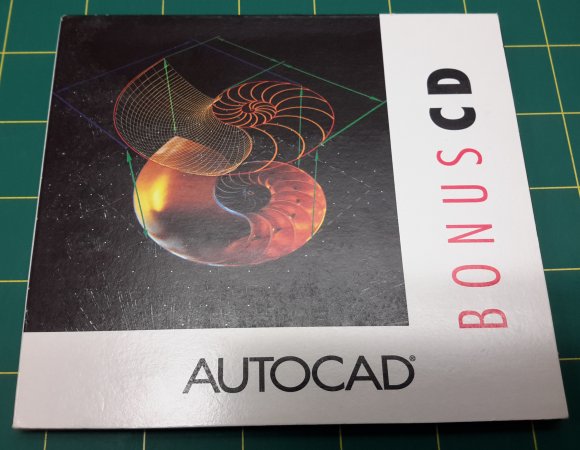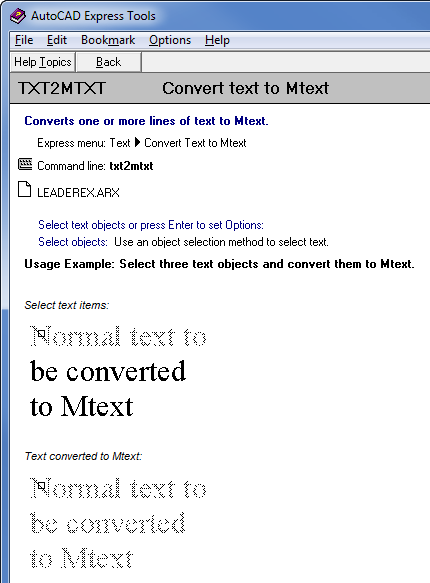To be precise, I have a real problem with writing about BricsCAD. I’ve written some pretty complimentary things about BricsCAD lately. In the interests of balance, I’ve been intending to write about some of the issues people can expect to deal with when moving from AutoCAD to BricsCAD. Such issues certainly exist. The problem I have with that is that the issues keep going away!
Here’s how it usually goes. I find a problem in BricsCAD. I submit a support request. Within hours, I get a meaningful response from a person who understands the issue. Within days, I’m informed it’s been fixed internally and the fix will be in the next update. Within a week or two, that update is released. I download and install the updated version. It’s basically a full reinstall, but all settings are seamlessly retained and it’s faster and less painful than an AutoCAD Service Pack installation. The whole thing from start of download to completion typically takes 5 or 6 minutes. The problem is gone, and I have nothing to write about!
Here’s the latest interaction. This is typical, and has been repeated many times:
Steve Johnson
05-12-2016 05:30 UTC
I don’t know if this is a BricsCAD problem or a DOSLib one, so I am reporting it to both Bricsys and Dale at McNeel. I’m also not sure if this was happening in earlier versions.If I load DOSLib during an S::STARTUP call and then use the (dos_msgbox) function later in that call, this fails the first time round because BricsCAD things the function is not defined. Opening a second drawing results in the call working as expected. I’ve chopped down our startup routine so you have an example.
; error : no function definition
; expected FUNCTION at [eval]
Awesome Bricsys Person
05-12-2016 12:32 UTC
Hi Steve,There was a regression introduced in V17.1.10 that caused startup code to execute too early under certain conditions, before the lisp engine document context was properly initialized. This has been fixed now for the next update.
Steve Johnson
06-12-2016 02:43 UTC
I must say, the responses I’ve been getting to my support requests have been absolutely bloody brilliant. Cheers!
Now, can you imagine the same scenario with Autodesk? I’m sure many of you have lived through it. First thing would be an automated response. A day or two later would be a confused support person coming up with totally unrelated links to Knowledgebase articles. A series of increasingly frustrating back-and-forth emails might go on for days or weeks until the Autodesk person finally plays their trump card, blaming the third-party routine (incorrectly) and/or stating that they don’t support users’ customization.
Such a problem would stay in AutoCAD indefinitely. Repeated reports, year after year, using subscription support and the forums and formal reporting mechanism in the Autodesk Beta program, would make no difference. Eventually I would give up and the problem would never get fixed. Again, this is typical, and has been repeated many times. This applies to bugs, incompatibilities, feature design, performance issues, user interface difficulties, documentation system idiocy, you name it. It’s massively frustrating and I know many very smart people who have given up even trying. The only exception is documentation content; that gets fixed as soon as possible, within the limitations imposed by Autodesk’s arcane systems.
The difference in attitude between Autodesk and Bricsys is glaring, stark, obvious. Autodesk pays lip service to providing customer service and software quality. Bricsys just gets on and does it.
















